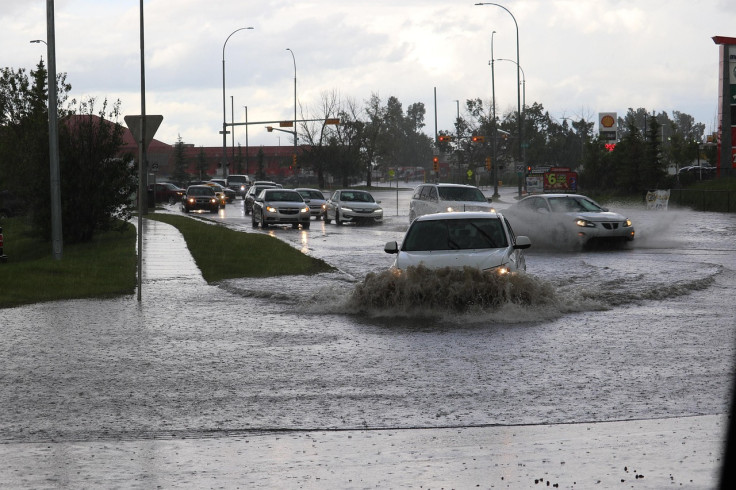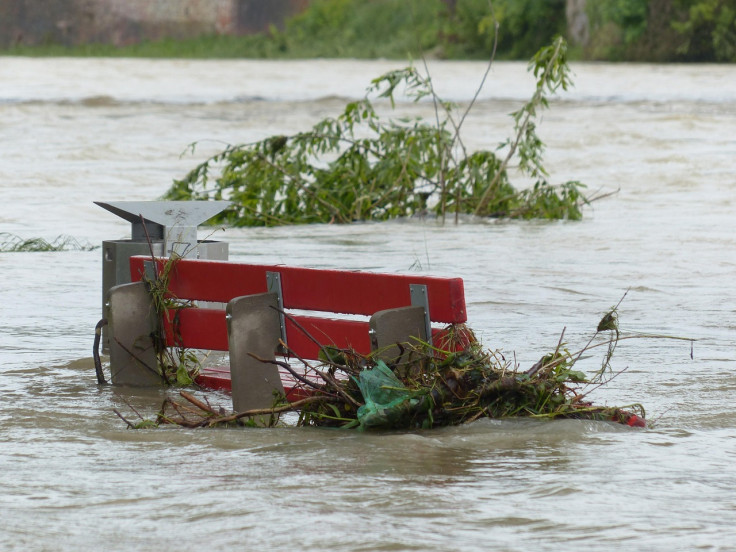Texas Flood Scandal: Why Didn't Officials Install Life-Saving Sirens After 1987 Bus Tragedy?
Texas is reeling after another fatal flood, and residents are asking why warning sirens still haven't been installed—nearly 40 years after the 1987 Pot O' Gold bus disaster

The devastating flash floods that tore through summer camps along the Guadalupe River on 4 July 2025 mirror a haunting 17 July 1987 disaster when a church bus carrying teenagers from Pot O' Gold Christian Camp near Comfort was swept away, leaving 10 dead and prompting anguished calls for a river-wide siren network that authorities never built.
Nearly four decades later, those sirens still do not exist even as Kerr County's death toll reached 75 people, including 48 adults and 27 children, with 10 campers and one counsellor from Camp Mystic still missing after the Guadalupe River surged more than 20 feet in just 95 minutes during the early hours of Friday morning.
Promises Made, Promises Parked

After the 1987 disaster, county commissioners discussed a string of outdoor sirens to give riverside residents at least a minute's notice. Former sheriff Rusty Hierholzer, who worked the bus scene as a young deputy, pushed the idea repeatedly, yet funding hurdles and shifting priorities kept the project on ice.
The siren proposal resurfaced in 2015, after another fatal Hill Country flood, only to be shelved again when grant money fell through. By contrast, neighbouring Comal and Guadalupe counties installed more than 20 sirens after separate 1998 and 2010 deluges, systems credited with saving lives in subsequent floods.
The Alert That Never Reached Sleeping Campers
During last week's storm, the National Weather Service escalated warnings as the Guadalupe River surged 20 feet in just 95 minutes. Yet most campers at Mystic and Summit only woke when water burst through dormitory doors.
Kerr County relied solely on CodeRED phone alerts rather than sirens. However, many campers had their mobile phones locked away or lacked signal in the steep canyon, making CodeRED ineffective.
'A flood‑warning system is urgently needed... this was clearly a system failure,' Professor Phil Bedient of Rice University told the Houston Chronicle, describing the disaster as a textbook example of last-mile warning failure and emphasising the need for outdoor sirens or equivalent solutions.
Emergency managers estimated a river‑spanning siren array would cost about $1 million to install—a figure Kerr County officials have described as 'daunting' for a largely rural tax base. While ongoing maintenance costs are expected, precise figures for annual upkeep have not been publicly disclosed.
Political Recriminations
US Representative Chip Roy, whose district covers Kerr County, called the July flood a 'once‑in‑a‑century flood' and said officials would 'review gaps' in the local warning systems. Meanwhile, families of the victims are urging greater accountability, and a petition has called for the installation of outdoor sirens.
Could It Happen Again?
The deadly Guadalupe River flood exposed a critical failure in warning systems. Despite past tragedies and promises, Kerr County still lacks outdoor sirens, relying only on phone alerts that often fail in emergencies.
With flood risks rising and installation costs cited as barriers, the danger remains. Without urgent action to improve alerts, including sirens or alternatives, such a disaster could happen again. Families and officials alike stress that preparedness can't be delayed any longer.
As search and recovery operations continue along the Guadalupe River, the question remains whether Kerr County will finally act on nearly four decades of unfulfilled promises—or whether another generation will face similar tragedy due to preventable warning system failures.
The stark reality is that effective flood warning systems exist, neighbouring counties have implemented them successfully, and the technology is readily available. What's missing is the political will to prioritise public safety over fiscal conservatism in a region that bills itself as Flash Flood Alley.
For the families grieving children lost at Camp Mystic, and for survivors of the 1987 bus tragedy, the time for studies and discussions has long passed. The sirens that might have saved lives on 4 July 2025 should have been installed on 18 July 1987.
© Copyright IBTimes 2025. All rights reserved.





















